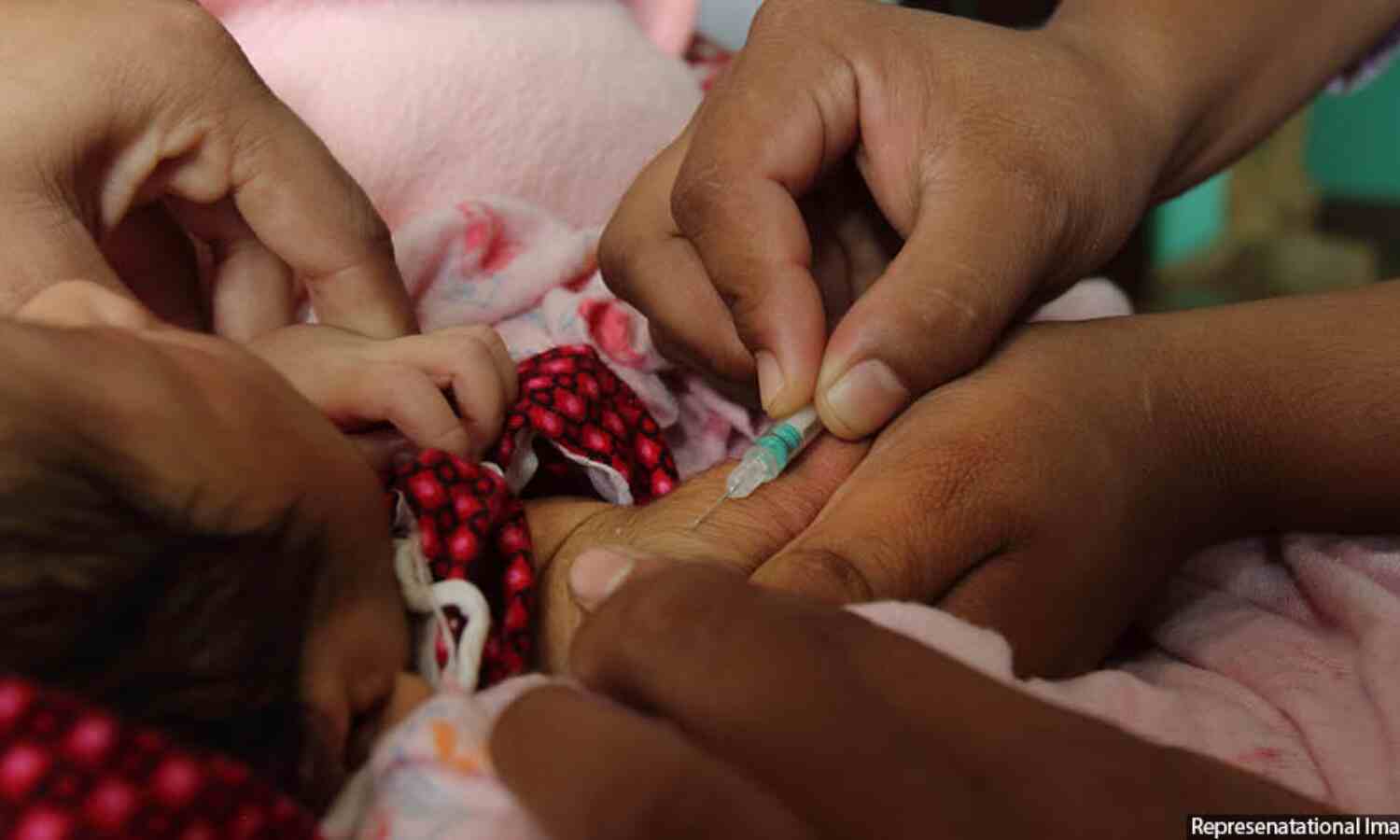Indian Babies Heavier Than Ever--And That’s A Good Thing

New Delhi: Indian babies are being born heavier than ever, a sign of better-educated, richer and more aware mothers and better healthcare.
Only 18% of live births over five years (2010-15) had low birth weight (less than 2.5 kg)--an important indicator of early exposure to childhood morbidity, mortality--down from 22% a decade ago, according to new national health data.
The highest percentage of babies with low birth weights was reported from the national capital territory of Delhi, according to the final report of the National Family Health Survey, 2015-16 (NFHS-4), released on January 12, 2018.
“Children who weigh less than 2.5 kilograms at birth are considered to have a higher-than-average risk of early childhood death,” the NFHS-4 report said.
Started in 1992, the NFHS is an important source of national data on indicators such as family welfare, maternal and child health, nutrition and other health issues.
Birth weight rises with mothers who spend more years at school and greater household wealth.
Of 249,949 live births over five years (2010-15) preceding the NFHS-4 survey, 78% or 194,833 births had a written record of the child’s weight at birth or the mother was able to recall the child’s weight, up from 34% in NFHS-3 (2005-06), a sign of growing awareness.
Only 15% births to mothers with 12 or more years of education were low-birth weight babies compared with 20% to mothers with no education.
Source: National Family Health Survey, 2015-16
Children born to educated mothers have higher chances of survival; under five mortality--deaths per 1,000 live births of children under five--of children whose mothers had no schooling was 67.5, while it was less than half (26.5) for children of mothers who had more than 12 years of schooling, IndiaSpend reported on January 16, 2018.
Almost one-third or 33.6% of India’s population is born of adolescent pregnancies, IndiaSpend reported on January 12, 2018.
In 2017, only one in five adolescents--14 to 18 years--had completed eight years of schooling, but by 18, 32% females were out of school compared with 28% males, according to the latest Annual Survey of Education Report, IndiaSpend reported on January 17, 2018.
No more than 15% of babies of mothers from the wealthiest households were low-weight, compared with 20% of births to mothers from the poorest families, according to the NFHS-4 report.
Delhi (26.2%) recorded the highest percentage of births with weight less than 2.5 kg, followed by Uttarakhand (24.7%), and Dadra and Nagar Haveli (23.1%).
Source: National Family Health Survey, 2015-16
(Tripathi is a principal correspondent with IndiaSpend.)
We welcome feedback. Please write to respond@indiaspend.org. We reserve the right to edit responses for language and grammar.


